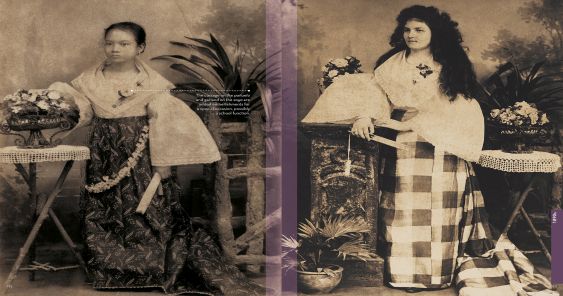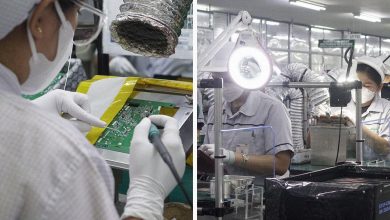by Anson Yu
Fashionable Filipinas is a book curated and written by Gino Gonzales, a scenographer and lecturer at the Ateneo de Manila University, and Mark Lewis Higgins, a visual artist and co-director of Slim’s Fashion & Arts School.
Both writers were in agreement that many young Filipinos have very little awareness of the terno or its origins. With the onslaught of ASEAN Integration and the rapid influx of Western retail brands, there is a risk of the Philippines becoming a diluted, generic Southeast Asian culture – looking and feeling very much like any other country surrounding it, and that a Filipino sense of identity would become more and more compromised, or even dissipated. By creating a comprehensive book on the history of the national dress, they felt that this would contribute at least one aspect to a young Filipino’s sense of what makes them different from their neighbors. It would also tell them a story about their country’s unique history, and how it interacted with the outside world over a century.
Although the terno has not been officially proclaimed the national dress of the Philippines, it has assumed this position from being frequently and consistently worn as a symbol of national identity.
Fashionable Filipinas illustrates the evolution of the Philippine national dress with over two hundred rare or previously unpublished photographs from Philippine, European and American collections. The book also features glossaries, essays, a timeline, and contemporary photos of period fashion, textiles and jewelry.

The book begins in 1860, at the birth of studio photography in the Philippines. It then progresses by decade to show how the traje de mestiza (commonly referred to as the maria clara) gradually evolved into the terno that we know today.
Although other forms of native dress exist in the Philippines, most would be indigenous or tribal in origin. The terno, however, is the most highly evolved among native Philippine clothing. Taking inspiration first from Spanish fashion, and later from the couture houses of Paris, the terno became one of the most evolved national dresses in Southeast Asia.

Spanning a century of enormous social, political, and economic change, the terno not only came to parallel the country’s stride towards modernity, but by the final decade in the book, became a symbol of an independent nation.
It is a journey from the Victorian era, through two world wars, and past the atomic age; from haute couture’s birth to its golden age; from colonialism to independence; from a decade when Filipino meant a Spaniard born in the Philippines, to a time after it had become a term of national identity.
The book is published by clothing and lifestyle giant Bench in their support of fashion education, and is an extension of their #LoveLocal campaign. Officially launched in the first quarter of 2015, the campaign is their way of promoting not only their own brand, but rather the general idea that distinctly Filipino products and ideals can hold their own even at a time when global brands are beginning to dominate the local market. In keeping with their ongoing #LoveLocal campaign, Bench will be donating copies of the Fashionable Filipinas book to both municipal libraries across the country, and to several key museums and institutions in Europe, Asia and the United States. The book launch is co-sponsored by Moët et Chandon.










